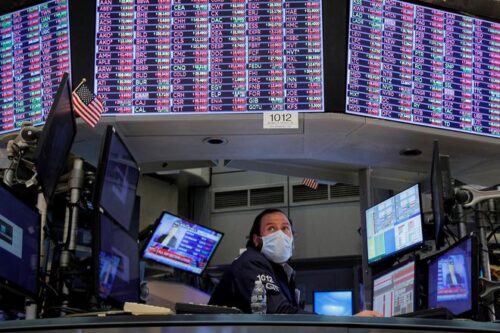Recent geopolitical upheavals have slowed global growth as well as international trade.
- The global economic headwinds appear to be becoming stronger. Geopolitical tensions are manifesting themselves in a variety of ways around the world, including international economic issues, prospective wars, and social upheaval.
- Geopolitical events are political, economic, and social events that have an impact on international relations and trade. Fears of a Russian invasion of Ukraine have spread throughout the global commodity market.
- An invasion of Ukraine by Russia might be a spectacular risk-off event that sends shockwaves across markets. Stock prices could drop, while commodity prices could surge. Traders must fully understand the hazards that a conflict poses to the commodities market, notably natural gas.
- Political instability in Latin America, an increase in US interest rates, and the Middle East’s uphill battle with growing energy costs are some of the primary variables that may affect the commodity market.
- According to the World Bank’s semi-annual Commodity Markets Outlook, commodity prices resumed their recovery in the first quarter of 2021 and are likely to remain similar to current levels throughout the year, boosted by the global economic rebound and improving growth prospects.
- However, progress in managing the COVID-19 pandemic, as well as policy assistance measures in advanced countries and production decisions in major commodities producers, will have a significant impact on the prognosis.
- This year’s energy prices are predicted to be more than one-third higher than in 2020, with oil averaging $56 per barrel. Metal prices are predicted to grow by 30%, while agricultural prices are expected to rise by about 14%.
- Almost all commodity prices are now higher than they were before the epidemic, owing to an increase in economic activity as well as some specific supply factors, particularly for oil, copper, and some food commodities.
Price-stabilization efforts:
The uncertainty caused by fast and sudden commodity price movements has resulted in numerous measures to promote more market stability in core products.
In theory, a country could protect domestic producers from international price fluctuations through variable charges and subsidies, but it is politically difficult to tax producers’ profits during a period of rising prices and hold the resulting revenue in order to redistribute it if prices and profits fall.
International collaboration is essential:
International cartels for rubber, sugar, tin, and tea were formed in the 1920s, but they had no long-term impact. Cooperation between governments of exporting and importing countries (as in the International Wheat Agreement of 1933 and the International Sugar Agreement of 1937) also failed to achieve the anticipated results during the Great Depression. Among the more recent attempts to boost and stabilize commodity prices, the one undertaken by the Organization of Petroleum Exporting Countries stands out (OPEC). Other attempts to stabilize commodity prices since WWII have primarily taken three forms: multilateral contract agreements, quota agreements, and buffer-stock agreements.
When a minimum or maximum price is reached or approached, every effort is taken to keep prices within the two limitations. Each of the three systems accomplishes this in a unique way.
